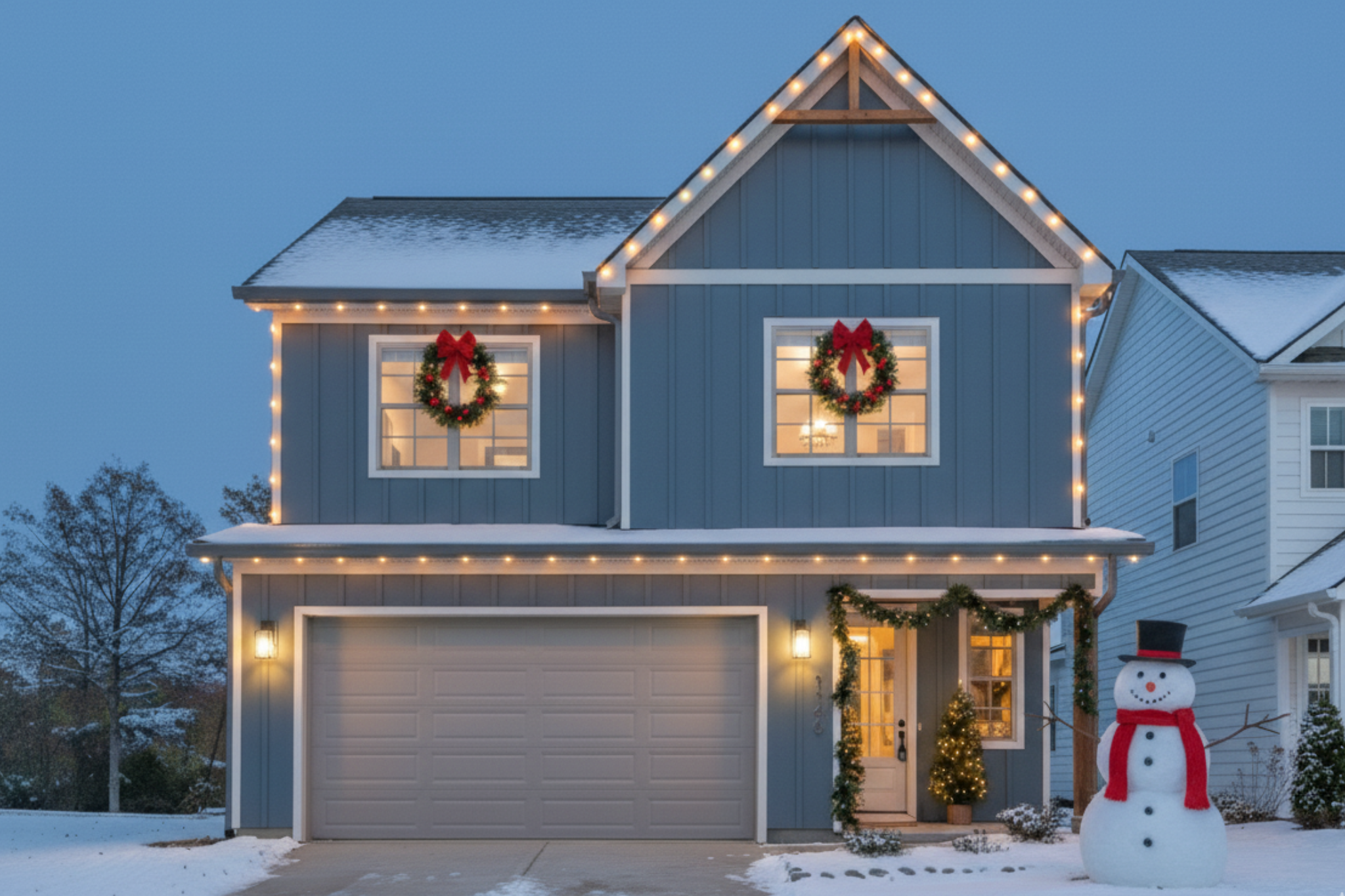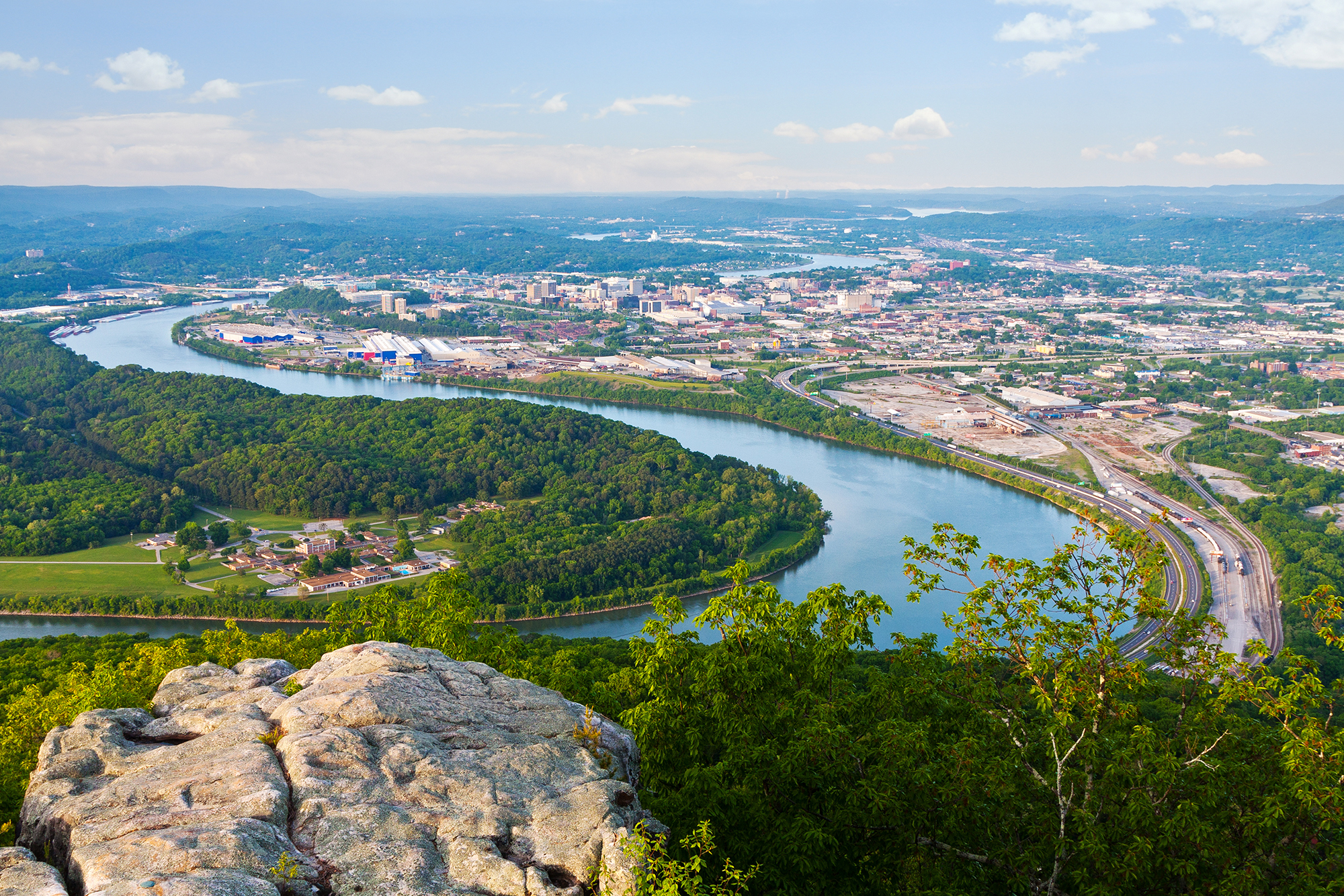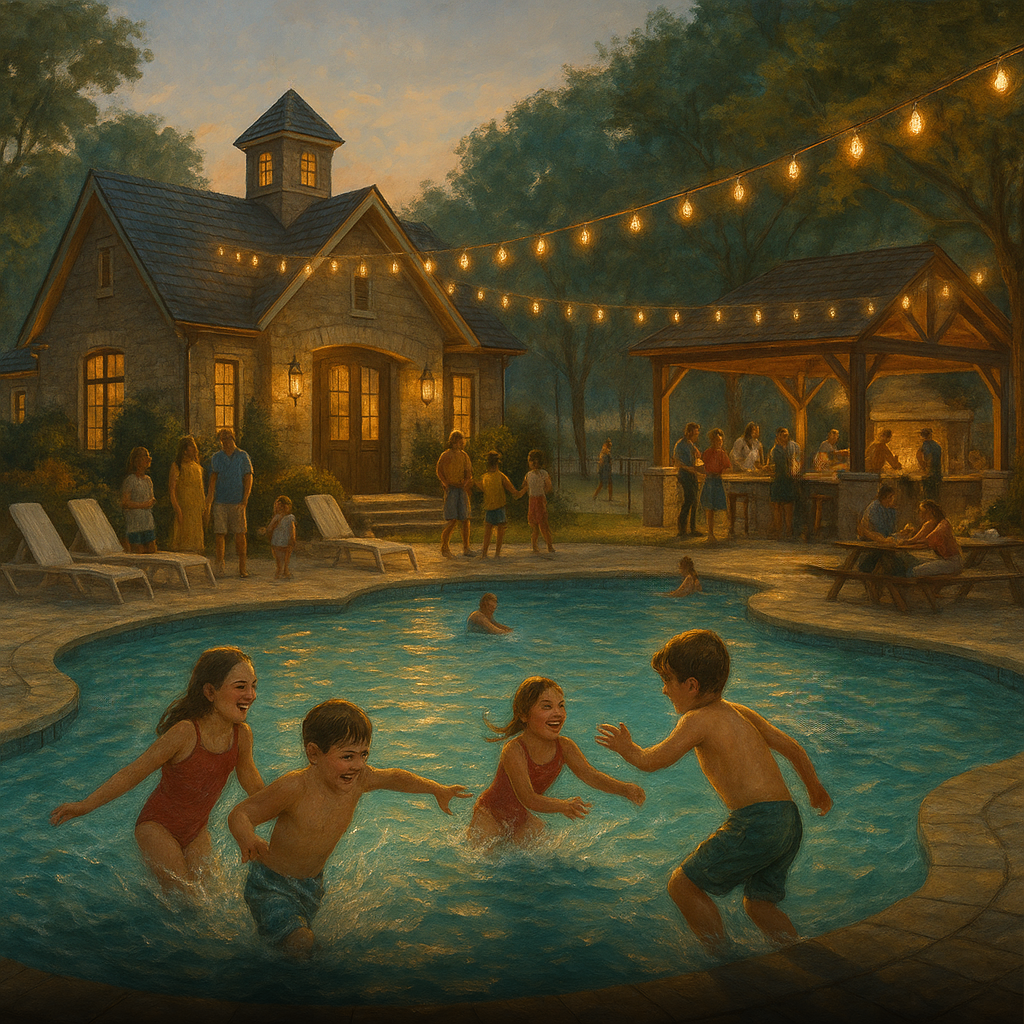
The Benefits of New Home Community Living: A Decade of Progress
Over the past decade, the landscape of home communities has transformed significantly. Modern development standards, architectural designs, and building codes have converged to create neighborhoods that offer a higher quality of life. From stormwater management systems to energy-efficient home designs, these advancements contribute to safer, more comfortable, and more sustainable living environments.
INFRASTRUCTURAL IMPROVEMENTS
1. Advanced Stormwater Management
Modern communities benefit from sophisticated stormwater management systems that reduce flooding and erosion. These systems protect homes and streets from water damage, ensuring a safer and more resilient living environment
2. Enhanced Road Construction
.jpeg)
Modern road construction standards emphasize not only the quality of materials but also the design of streets to improve safety and functionality. Streets in new developments are designed to accommodate street parking and provide better access for fire trucks and emergency vehicles. These designs ensure that emergency services can reach homes quickly, improving overall safety. Enhanced road layouts also include features like wider lanes, better signage, and improved lines of sight, which help reduce accidents and promote safer driving conditions.
Additionally, modern road designs enhance walkability within communities. Features such as well-marked pedestrian crossings, traffic calming measures, and ample street lighting make neighborhoods safer and more pleasant for walking. These improvements encourage residents to walk more, contributing to healthier lifestyles and stronger community connections.
3. Underground Utilities
The shift to underground utilities has made neighborhoods cleaner and more aesthetically pleasing. It also enhances safety and reliability by reducing the risk of outages and hazards from exposed power lines.
4. Fire Truck Access
Modern developments are designed with emergency access in mind. Wider streets and strategically placed fire hydrants ensure that fire trucks and emergency vehicles can navigate the community efficiently, improving response times and safety.
5. Tree Planting and Green Spaces
Many cities now require extensive tree planting in new developments. This not only beautifies neighborhoods but also provides shaded sidewalks, making them more inviting for walking. Trees help mitigate the urban heat island effect, lower utility bills, and contribute to overall environmental health.
6. Multi-modal Transportation Systems
Modern infrastructure planning includes the development of comprehensive transportation systems. This includes pedestrian-friendly sidewalks, bicycle lanes, and public transit options that reduce congestion, improve air quality, and promote sustainable living.
7. Enhanced Utility Systems
New standards for water, wastewater, and stormwater systems ensure reliable and efficient service. Modern infrastructure integrates these utilities seamlessly, promoting environmental sustainability and reducing the risk of service interruptions.
ARCHITECTURAL ADVANCEMENTS

1. Relevant Home Designs
Today's homes are designed to meet the needs of modern homeowners, including work-from-home arrangements. Dedicated office spaces, flexible floor plans, and high-speed internet connectivity are now standard, enhancing productivity and comfort.
2. Energy Efficiency
Modern homes are built with energy efficiency in mind. Improved insulation, energy-efficient windows, and advanced HVAC systems reduce energy consumption, lowering utility bills and minimizing the carbon footprint.
3. Smarter Living Spaces
Smart home technologies have become integral to new home designs. Automated lighting, security systems, and climate control offer convenience and enhance safety, providing homeowners with greater control over their living environment.
MODERN CODE STANDARDS
1. Improved Safety

Building codes have evolved to enhance safety. Stricter regulations on electrical systems, fire safety measures, and structural integrity ensure that new homes are safer than ever before. This reduces the risk of accidents and enhances peace of mind for residents.
2. Environmental Impact
Modern building codes emphasize sustainability. Requirements for energy-efficient appliances, water-saving fixtures, and sustainable building materials contribute to a reduced environmental impact and promote eco-friendly living.
3. Comfort and Health
Advancements in building codes also focus on indoor air quality and overall comfort. Improved ventilation systems, non-toxic building materials, and better insulation contribute to healthier and more comfortable living environments.
CONCLUSION
The evolution of home community development over the past decade has brought numerous benefits to homeowners. From infrastructural improvements to advanced architectural designs and stricter building codes, modern communities offer safer, more comfortable, and more sustainable living.
Green Tech Homes is at the forefront of modern development and home design. We collaborate continually with national experts to provide homeowners with the highest quality and best experience in state-of-the-art communities and homes. Our proprietary development standards and floor plans are designed to interlock and match our communities, epitomizing thoughtful living, thoughtful design, and the highest standards. As we continue to innovate and adapt, the future of homeownership promises even greater enhancements in quality of life and environmental stewardship.






